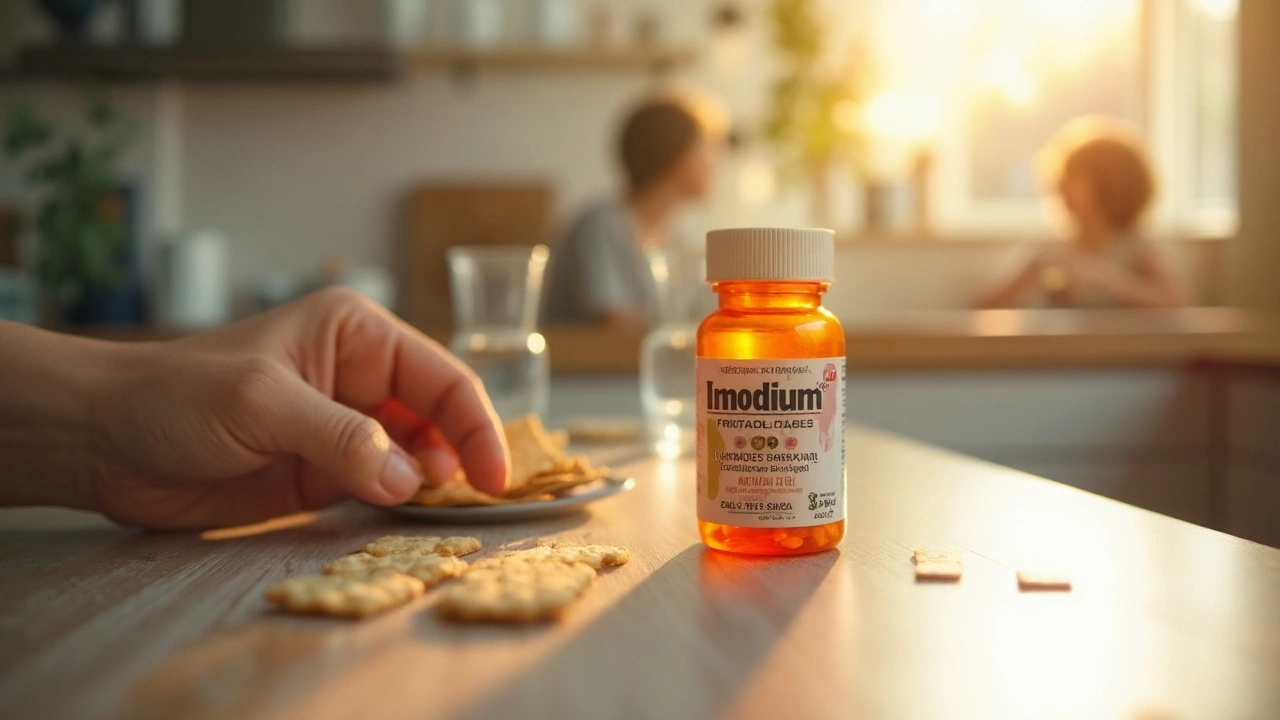Dosage Guide: How to Choose the Right Amount for Any Medicine
Getting the dose right can be the difference between a fast recovery and a nasty side effect. Whether you’re picking up a prescription, an over‑the‑counter pill, or a supplement, the same basic steps apply. Below we break down the most useful ways to figure out the right amount for you, without any jargon.
Check the label and your doctor’s notes
The first place to look is the medication label. It will list the standard dose, the frequency (once a day, twice a day, etc.) and any special instructions like “take with food.” Your doctor or pharmacist will often write a personalized dose on the prescription. If the number on the bottle doesn’t match what the doctor told you, call the pharmacy and ask for clarification before you start.
Know the factors that change a dose
Age, weight, kidney function, and other health conditions can shift the ideal amount. Kids and seniors usually need lower doses because their bodies process drugs differently. If you have liver or kidney disease, the drug may stay in your system longer, so a doctor might lower the dose to avoid buildup.
Another factor is drug interactions. Some medicines speed up or slow down the way another drug works, which can make the original dose too strong or too weak. Always tell your doctor about every prescription, supplement, or herbal product you’re taking.
Use a dosage calculator for quick checks
Many health sites offer free dosage calculators that ask for weight, age, and condition. They’re handy for common drugs like antibiotics, pain relievers, or vitamins. Enter the numbers, double‑check the result against the label, and you’ve got a solid backup to discuss with your practitioner.
Remember, calculators are only a guide. They don’t replace professional advice, especially for complex or high‑risk medications.
Watch the timing and how you take it
Even a perfect dose can go wrong if you take it at the wrong time. Some drugs work best on an empty stomach, while others need food to prevent stomach upset. The label will say “take with meals” or “take on an empty stomach.” Set a reminder on your phone or use a pill organizer to keep the schedule steady.
If you miss a dose, the rule of thumb is to take it as soon as you remember—unless it’s almost time for the next dose. In that case, skip the missed one and continue with the regular schedule. Never double‑dose to make up for a missed pill.
When to adjust the dose
Some drugs have built‑in ways to fine‑tune the dose based on how you feel. For example, blood pressure meds often start low and increase until the target reading is hit. If you notice side effects like dizziness, nausea, or a rash, contact your doctor. They may lower the dose or switch you to a different medication.
Regular follow‑ups are key. Blood tests, urine checks, or simple symptom logs help the doctor see if the dose is working or needs tweaking.
Keep a record
Write down every medication you take, the dose, and the schedule. A small notebook or a notes app works fine. Having a clear record makes it easier to spot patterns—like a headache that shows up after you start a new drug.
In short, the right dosage comes from three things: the label, your personal health factors, and ongoing communication with your healthcare team. Use these steps, stay organized, and you’ll keep your treatment safe and effective.
Imodium: How It Works, Dosage, Side Effects & Alternatives Explained
Find out what Imodium is, how it fights diarrhea, the right dosage, possible side effects, and the best alternatives. Practical tips for safe use and when to see a doctor.
